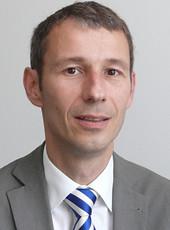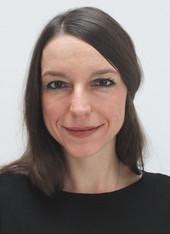Smart City concepts have established themselves as an instrument for sustainable urban development. Their added value is still not sufficiently visible on a broad scale and their potential is not being utilised systematically enough. Smart City should be understood and organised as a platform in order to make better use of cities' existing databases for the evaluation and simulation of specific urban processes, to better build data-based application scenarios on them and to avoid isolated solutions. Urban Digital Twins are currently being focussed on as a conceptual target image for this understanding.
An Urban Digital Twin (UDT) maps the digital resources of a municipality, whereby technical, organisational and legal aspects play a role. They are a concept for the organisation and utilisation of all data generated within a defined area of the city. This urban data relates to various aspects of the city, including its physical components (buildings, transport routes, parks, etc.), its logistical structures (educational institutions, medical facilities, energy supply, etc.), its stakeholders (companies, businesses, administration, citizens, etc.) and their action processes. This results in a realistic digital image of a ‘city section’ that can be used to analyse and simulate specific urban situations or processes. This proposed definition, which emerged from the ‘Connected Urban Twins’ project of the cities of Hamburg, Leipzig and Munich, illustrates the holistic approach of this concept.
However, the development of an UDT is neither a technological end in itself as a showcase for 3D city models or virtual reality applications in urban planning, nor should it be an ‘on the top’ project of an already challenging Smart City agenda. The decision in favour of an Urban Digital Twin is rather a strategic orientation for the organisation of Smart City as a platform. This will make existing approaches and solutions more transparent, allow new ones to be integrated more profitably for the overall system and also avoid disintegration into isolated solutions. The participation of citizens also benefits, as the vivid reference in the urban space establishes a connection to their own social reality. UDTs are the city plan of the future for participation.
The focus on the technical substructure should not distract from the fact that Urban Digital Twins are about tools that are intended to help cities and municipalities solve real problems and manage existing and future building challenges more intelligently. Therefore, the needs of all systems or stakeholders involved in a city must take centre stage. In this context, an UDT can grow and develop as a tool. However, exaggerated expectations of digital ‘super tools’ feed false hopes. A city is a more complex entity than its digital twin. It needs a committed urban society, the political will to find solutions, networking and transparent communication to solve complex requirements. However, in order to be able to act appropriately in this complexity, smart tools are needed. An Urban Digital Twin can be such a tool.
Politicians in the municipality must demonstrate staying power in the development of such projects. Without financial and personnel planning security over several years, they would be doomed to failure.
The federal government should continue to provide impetus by funding such innovation projects in the future. Whether and how these scale up ‘locally’ is ultimately up to the cities themselves to decide. The organisation of a lively knowledge management system complements the funding, particularly through the exchange of experience between those involved, and creates added value for further use by third parties.
Read the entire publication “Werkzeuge für eine smarte Stadtentwicklung: Urbane Digitale Zwillinge“ here as a PDF. Please note, to date the analysis is only available in German.
Topics
About this series
The series informs in a concentrated form about important positions of the Konrad-Adenauer-Stiftung on current topics. The individual issues present key findings and recommendations, offer brief analyses, explain the Foundation's further plans and name KAS contact persons.




